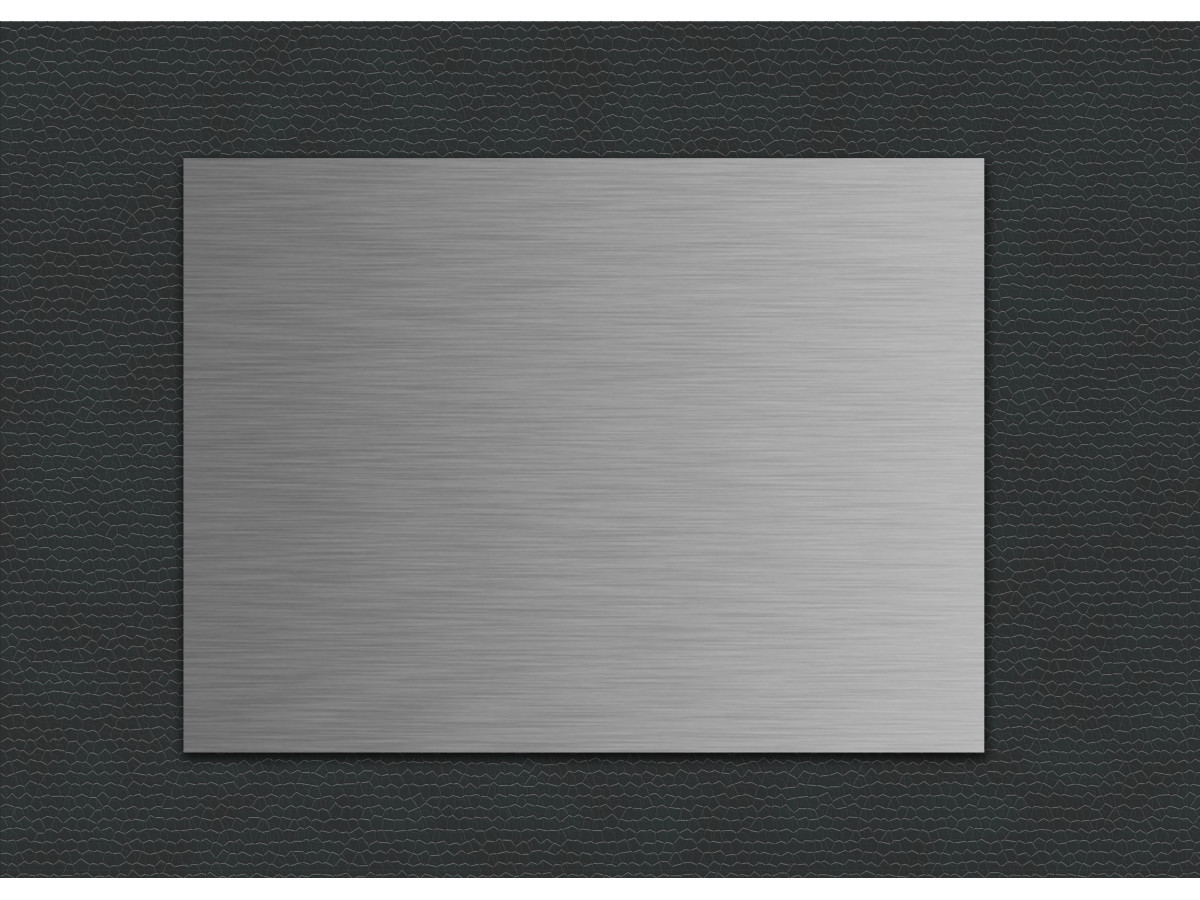In modern medicine, the use of titanium sheets has become a breakthrough, opening new possibilities in prosthetics, the production of medical equipment, and the creation of implants. This unique material has unparalleled biocompatibility with the human body, making it indispensable in various healthcare fields.
What are the advantages of the material?
The key advantage of titanium sheets is their ability to integrate with bone tissue—a process known as osseointegration. Upon contact with titanium, bone cells actively form new tissue, ensuring the reliable fixation of implants and prosthetics. This phenomenon, discovered by Swedish scientist Per-Ingvar Brånemark, has revolutionized orthopedic surgery and dental implantology.
Special attention should be paid to the corrosion resistance of titanium sheets. In the aggressive environment of the human body, titanium exhibits exceptional stability due to the formation of a protective oxide layer. This natural defense prevents the release of metal ions into surrounding tissues, minimizing the risk of allergic reactions and rejection.
Applications of Titanium Sheets in Medicine
Modern manufacturers of medical equipment actively use titanium sheets to create:
- Premium surgical instruments. Titanium tools are characterized by strength, lightness, and resistance to sterilization, ensuring high precision and durability of surgical procedures.
- Components for MRI and CT machines. Due to their non-magnetic properties, titanium sheets are used to create components for magnetic resonance and computed tomography machines, allowing for clearer and more informative images.
- Sterilization equipment casings. Titanium casings provide reliable protection for sterilization equipment against corrosion and mechanical damage, ensuring the safety and effectiveness of sterilizing medical instruments.
- Elements of orthopedic systems. Titanium sheets are used to create various elements of orthopedic systems, such as plates, screws, and implants, due to their biocompatibility and strength, ensuring reliable fixation and restoration of bone tissue.
- Frameworks for medical devices. Titanium frameworks give medical devices strength, durability, and resistance to various impacts, ensuring their reliable operation over an extended period.
- Surgical tables and specialized furniture. Titanium elements of surgical tables and specialized furniture provide lightness, strength, and resistance to disinfection, creating comfortable conditions for surgical operations.
- Components of X-ray equipment. Titanium components of X-ray equipment ensure its durability and reliability, allowing for high-quality X-ray images.
Other Medical Fields
In the field of implantology, titanium sheets are also used in the manufacture of:
- Neurosurgery. Production of cranial plates for restoring the skull after injuries or surgeries.
- Maxillofacial surgery. Creation of implants to restore bone tissue and facial shape after injuries, tumors, or congenital defects.
- Orthopedics. Manufacture of plates and screws for fixing bone fragments in fractures, as well as components for joints that allow restoring their function.
- Spinal surgery. Creation of spinal implants for stabilizing the spine in cases of injuries, degenerative diseases, or deformities.
- General surgical interventions. Production of mesh endoprostheses for reinforcing tissues and organs, such as in hernias.
- Dentistry. Manufacture of dental superstructures for restoring the dental arch.
- Cardiac surgery. Creation of components for pacemakers, ensuring the normal functioning of the heart.
In recent years, there has been a significant development in creating titanium products with modified surfaces. Various processing methods—from mechanical to chemical and electrochemical—allow for imparting special properties to the surfaces of titanium sheets. For example, creating a micro-relief enhances osseointegration, while applying bioactive coatings accelerates the healing process.
Research into the application of titanium materials in medicine continues. Scientists are working on developing new alloys with improved characteristics, creating innovative surface treatment methods, and exploring the possibilities of combining titanium with other biocompatible materials. Special attention is given to the creation of porous titanium structures that can serve as a scaffold for the growth of new bone tissue.

